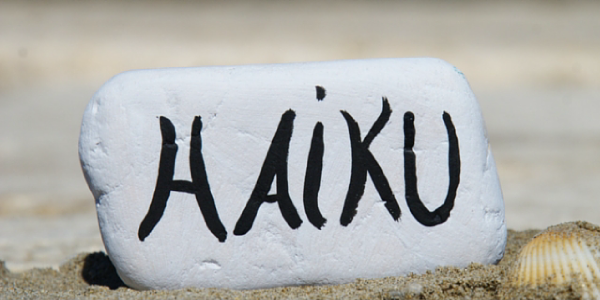
English is the official language of India that has eighteen languages under the list. Sanskrit is the language of Gods and is still considered the ancient language spoken in the country. Though Hindi is also official language in six states in India, it is still not accepted in many states due to the strong influence of vernacular languages. It is at time emergence of Haiku is seen cult, though it did not gain popularity easily and there are several reasons for this.
The Haiku poems were known way back in the 20th century, though its spread was erratic. The Haiku was praised by prominent Indian poets like Rabindranath Tagore. He was well aware of Haiku and even wrote a few works and some like the Fireflies were published both in Bengali and English. Some of the other India poets who wrote in Haiku include the Tamil poet and writer Subramania Bharati. In the year 1916, he wrote: Japaniyat Kavitai was an assessment of the opinion of his Japanese counterpart Yone Noguchi on Haiku.
In the year 2000, a course on “Impact of Haiku in Indian Literature” was held at the Institute of Asian Studies, Chennai. The seminar was held for three days and many renowned poets participated from Japan and India. In our country many authors published their writings on Haiku. The pioneer among them is the Japanese intellectual, Prof. Satya Bhushan Verma. His first Japanese presentation of Haiku in our national language was named Japani Kavitaian. The work was issued in 1977. Subsequently in 1981, the professor published a newsletter titled Haiku in the Hindi language. The bulletin took the format of aerogramme. The issue came to a halt in 1989. The professor retired from the Jawaharlal Nehru University, he was awarded the most recognized Masaoka Shiki International Haiku Prize in the year 2002. The prize was given jointly with the American poet, Cor van den Heuvel.
A noteworthy poet whose efforts were acknowledged for Haiku is Prof. B S Aggarwala, he published his works in Haiku Bharati, a quarterly journal in Hindu. The journal was launched in 1998 and is in circulation even today. The journal has more than 300 authors experimenting in their mother tongue. Moreover, Haiku is being interpreted into Hindi. Prof Aggarwala is focusing on the chronicle of haiku poetry in Hindi.
English Haiku gradually being accepted in our country. Despite the fact that there are some haijiri works in Hindi, the works are also published abroad. There are some poets who are multilingual or bilingual. It should also be noted that Haiku in a single language cannot be easily assimilated in another. Though every form of English poem is taught in Indian schools, Haiku is needs more recognition.
Moreover, there are no formal haiku clubs or associations in India, to spread the form of poetry feverishly. Haiku is published in Indian poetry magazines and journals. The recognition on Haiku is lesser in India and more needs to be done in this context. Books on Haiku poetry are not available in India. These are either non-existent or difficult to acquire. The only way to bring about awareness on Haiku is to introduce this format in schools. Children need to understand Haiku from a young age to appreciate its usage and excel in this form of poetry. The medium of instruction for Haiku has to be in English to enable easy communication in the language better and share their works worldwide. English is popularly used in India and explaining haiku in this knowledge could enable easy understanding among new learners. School education boards have to take initiative to recognize the importance of Haiku in the world of literature and encourage its learning among youngsters.


